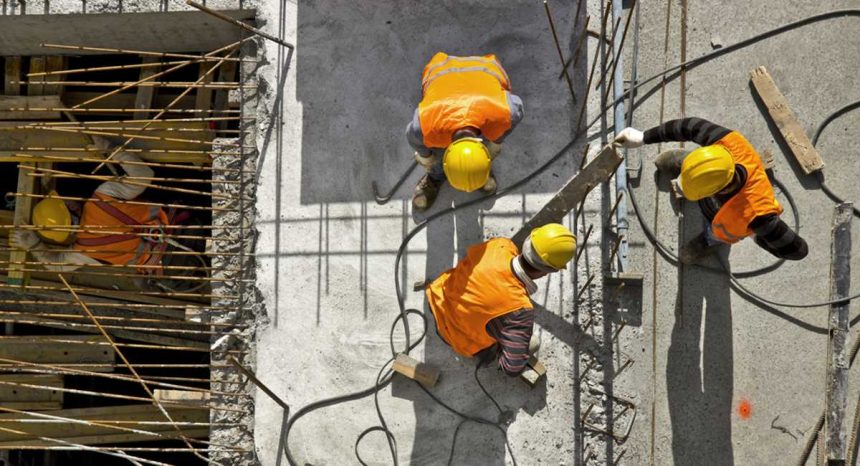Experts say Australia’s current migration system will never be able to plug up the tradie shortage without a complete overhaul.
Earlier this month, industry officials were left stunned after high-demand tradie jobs needed to hit the Government’s housing targets were left off a draft list of priority migrant skills.
While some construction workers like carpenters and electricians made the cut for the provisional “on” list, others, such as plumbers, roof tilers and bricklayers, were still slated for “further consideration”.
Replaced with jobs for yoga teachers, martial artists and dog handlers, the exclusion was labelled as nonsense by the federal opposition for a country caught in the midst of a housing crisis.
But according to Housing Industry Association (HIA) Managing Director Jocelyn Martin, even if tradies were added to the list, the country’s current migration strategy wouldn’t come close to making a dent in demand.
“The skilled migrant system needs a complete overhaul. The visa options available for construction are not working,” said Martin.
“Australia is not bringing enough skilled migrants into Australia to build 170,000 homes per year let alone the 240,000 homes that we need to be building to address the acute housing shortages being faced.”
A broken visa system
Latest data from the Department of Home Affairs shows just 1,346 workers in construction trades have been granted temporary work visas in the nine months to March 2024, a far cry from the predicted 90,000 needed to get Albanese’s 1.2 million home builds on track.
Despite a lift in the number of construction trades workers with temporary work visas returning to Australia after the borders reopened, Martin says the numbers have always been smaller than expected and very few are sponsored by businesses in the residential building industry.
“The temporary work visa system was touted as a demand driven system, however, it is anything but,” she said.
“The shortage of skilled workers is a major impediment to the supply of housing. Labour shortages are resulting in project delays which add to the cost of construction.
“Risks associated with labour shortages are causing businesses to shelve projects that could deliver the housing that Australia needs.
“If the Government is truly committed to seeing the Housing Accord target achieved more must be done to train local workers and enable industry to make better use of the skilled migration system.”
With the Government’s pipe dream of attracting tens of thousands of workers to Aussie shores all but destined to fail, Master Builders CEO Denita Wawn says it’s time the industry focuses on the skilled migrants already trained and willing to pick up the tools.
“When seeking to attract more skilled trades into Australia, it is important to look to migrants who are already in the country,” she said.
“This is an underutilised cohort of potential workers who could fill workforce gaps in the short term.
According to the organisation, there are a large number of skilled tradie migrants already in the country who are working in roles unrelated to their qualifications thanks to red tape.
“Some are waiting on skills assessments or qualifications recognition, which, according to the Parkinson Migration Review, could cost nearly $10,000 and take up to 18 months,” added Wawn.
“For many, it is simply too hard to have their professional capacity recognised to work in a trade in Australia, and they are instead in roles that present fewer hurdles to obtain.







